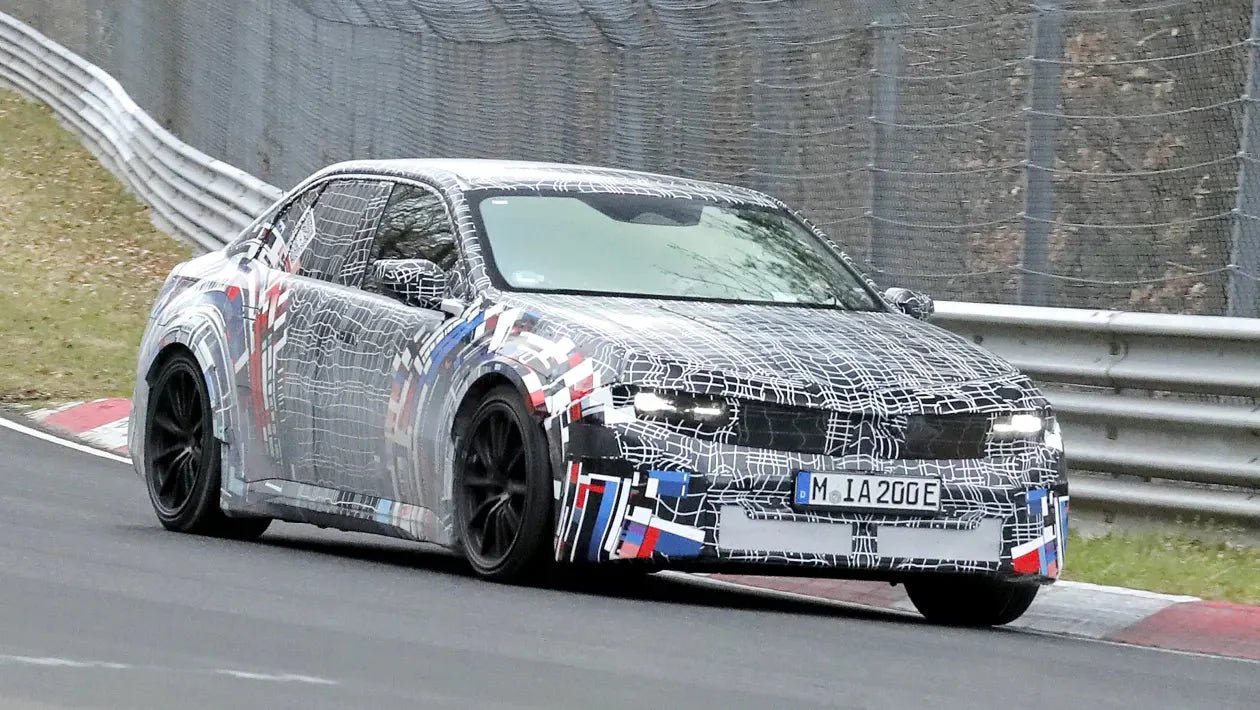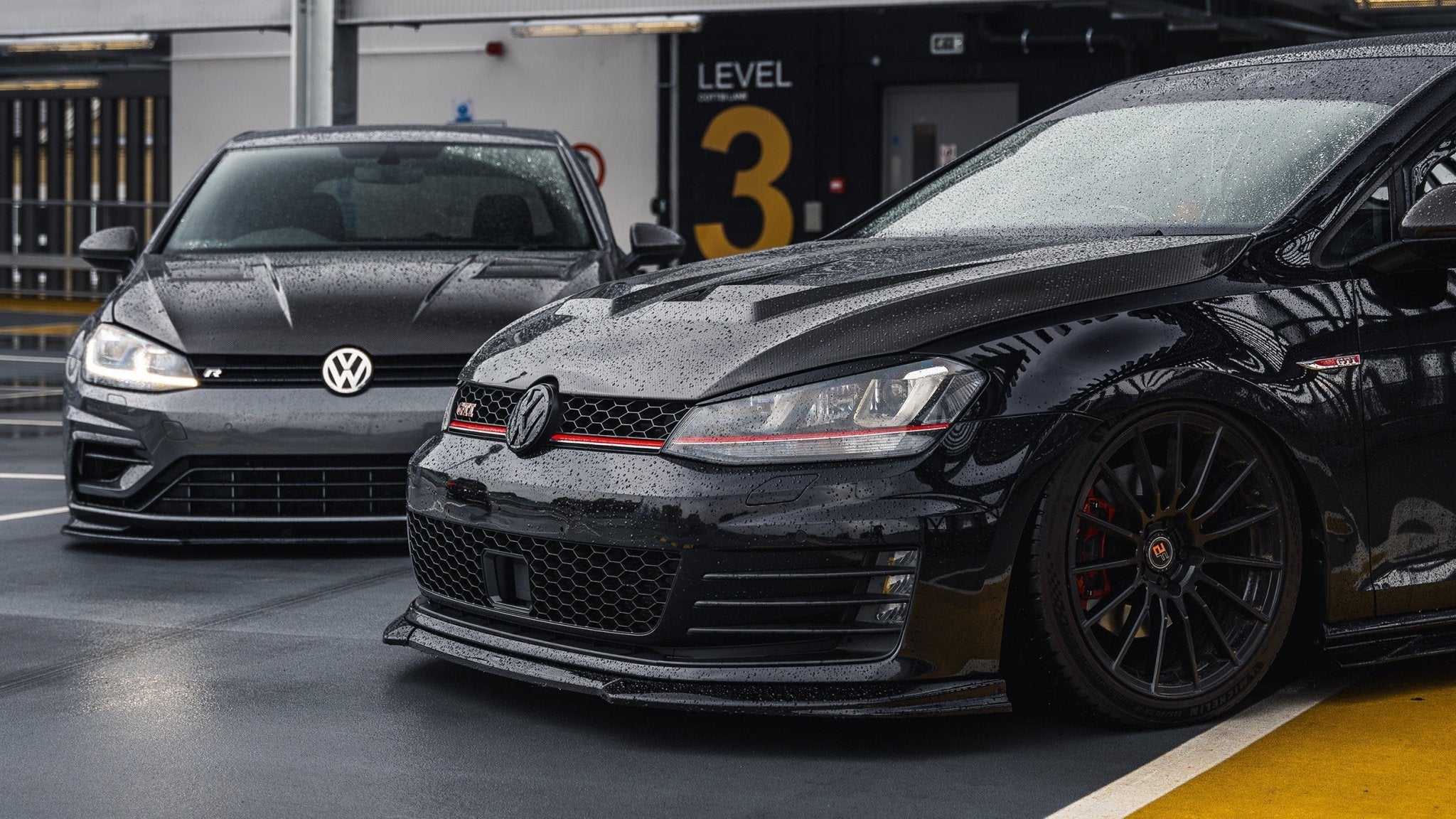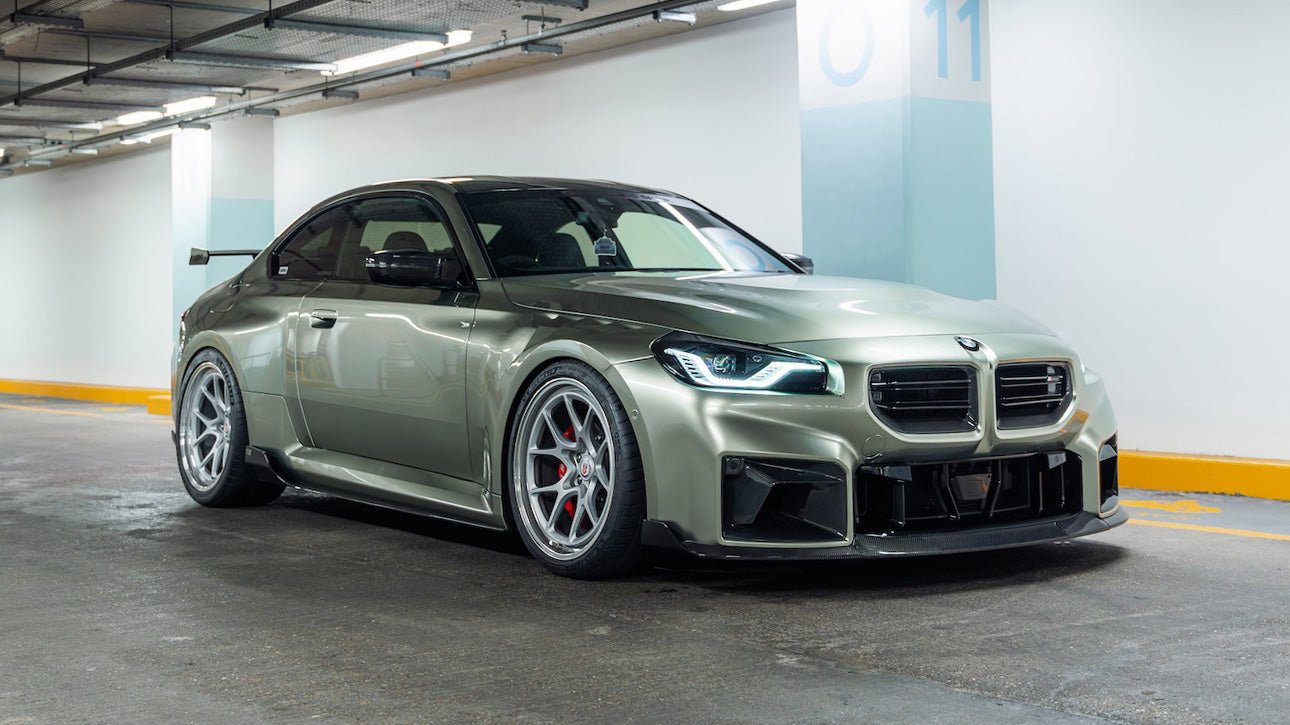For over four decades, the BMW M3 has been the definitive driver’s car - a perfect mix of agility, power, and everyday usability. Now, the icon is about to enter uncharted territory. Meet the 2027 BMW iM3 (ZA0): the first all electric M3, built on BMW’s all-new Neue Klasse platform and powered by a quad-motor “Heart of Joy” system that promises a driving experience unlike anything we’ve seen before.
With whispers of 700+ horsepower, ultra fast 800V charging, and Nürburgring testing already underway, this could be the most radical M car in history. But here’s the question every purist is asking - can an EV really carry the M3 badge with pride? 🤔
Innovations in Battery Tech
Expected 800V battery architecture
Think of this as BMW moving to a higher-performance electrical system, much like when engines went from 6-cylinders to V8s. An 800V setup means less heat, more efficiency, and faster charging compared to the older 400V systems. Porsche Taycan and Audi e-tron GT already use this, so BMW joining signals serious intent.
Ultra-fast DC charging (up to 350 kW)
At the right charger, this lets you add around 200 miles of range in 15 - 20 minutes. For context, that’s about the same as stopping for fuel and grabbing a coffee - so long road trips won’t feel alien to a petrolhead.
Projected 300–350 mile range (EPA/WLTP dependent)
That puts BMW’s EVs right in line with what M owners expect: usable performance without compromise. Depending on the testing cycle (EPA in the US, WLTP in Europe), this should cover daily driving plus spirited weekend runs without “range anxiety.”
BMW’s battery tech isn’t just about going electric, it’s about keeping the brand’s DNA of long-distance usability, precision engineering, and real-world performance alive in a new era.

Powertrain & Performance
- Quad-motor architecture have the potential to produce 1,300+bhp. 🤯 However reports suggest a very potent ~700bhp.
“Heart of Joy” system integrates power delivery, steering, traction, and suspension control.
But what is BMW's "Heart of Joy"?
But what is BMW's "Heart of Joy"?
Besides a marketing phrase this is essentially the EV successor to the legendary straight-six heart of the past. Here are the core elements:
Quad-Motor Layout
Each wheel gets its own motor, giving fully independent power delivery.
Think of it as ultimate M xDrive, but far more precise - torque can be sent instantly to a single wheel for traction, stability, or corner-exit punch.
For purists, this is like moving from limited-slip diffs to an infinitely variable, digital diff.
Integrated Control System
- The “Heart of Joy” isn’t just about raw horsepower — it’s about how the car responds.
BMW M engineers have built custom software that monitors grip, throttle, steering, and driver input thousands of times per second, blending everything seamlessly.
The result: predictable, analogue-feeling balance in a digital drivetrain.
Weight Distribution & Chassis Dynamics
Batteries are packaged for a low centre of gravity and near-perfect 50:50 balance.
Just like past M cars, handling precision comes from geometry and distribution, not just brute force.
Scalability & Future-Proofing
- While the prototype shows potential for 1,000+ hp, BMW is deliberately restraining production models (around 700–800 hp) to keep the car usable, not cartoonish.
That echoes the philosophy of the E46 M3 CSL or E92 M3 never just chasing numbers, but creating a cohesive driving machine.
Platform & Weight
A purpose built platform
Neue Klasse isn’t just a retrofit of an ICE chassis with batteries stuffed in — it’s a clean-sheet EV design. That means engineers can optimise where the battery sits, where the motors sit, and how everything integrates with suspension geometry and crash structures.
Weight Balance & Rigidity
The battery pack is integrated as a structural element in the floor, increasing torsional rigidity while also lowering the centre of gravity. For handling, this is the EV equivalent of dropping in an inline-six as low and far back as possible.
BMW claims near-perfect 50:50 weight distribution will carry forward into Neue Klasse M cars. That balance is critical because the iM3 will inevitably be heavier than ICE Ms (thanks to batteries), so rigidity and geometry are BMW’s weapons against inertia.
Estimated Weight for iM3
Early projections suggest the iM3 could come in around 2,100–2,200 kg (4,600–4,850 lbs). Yes, that’s heavier than an M3 Competition (~1,800 kg), but lighter than many EV rivals (like the Taycan Turbo or Tesla Model S Plaid). The key here is that weight is distributed smartly and with quad-motor precision torque vectoring, the iM3 can feel lighter in motion than it looks on paper as we've seen with the 2435kg G90 M5.
Dedicated Battery & Motor Packaging
With an 800V battery system slotted into the floor, cooling and cabling are simplified, meaning less compromise in interior space and lower mass up top. Combine that with compact electric drive units, and BMW engineers can keep the bonnet low and the stance wide - just like M cars have always looked.
Why this matters to BMW Purists
Neue Klasse is the E30 moment for BMW EVs - a platform designed purely for its performance purpose, rather than a halfway house. Even though the iM3 will carry more weight than a petrol M3, the way it’s distributed and controlled means it should drive with the same precision and agility that define every M car.
For context: BMW isn’t chasing Tesla-style spec-sheet numbers - they’re chasing the driving feel, and Neue Klasse gives them the hardware canvas to do it properly.
Expected Modifications
Styling upgrades
Expect BMW M Performance to be the first to release with their innovative BComp natural fiber technology or traditional carbon fibre packages, followed by TRE with their premium pre-preg carbon fibre splitters, spoilers and diffusers, finally expect ADRO bumpers and carbon upgrades that are aero focused.
Suspension and stance
BMW M cars have the tendency to look amazing after just a set of lowering springs and spacers. Expect eibach or cobra suspension will likely drop the car to just above the tyre shortly after the production of the first batch of iM3s. We imagine around the same time Bimecc will release a range of wheel spacers to compliment the lowering springs and fix the stance.
Forged Alloy Wheels
We’re not certain on the PCD or specifications for the new M3 yet, but we expect HRE wheels to swiftly drop a shoot of wearing some 20” / 21” custom forged splits. These wheels will have to tie in with the new design language however you can never go wrong with a set of P101SC.
Electric tuning
This would be new to AUTOID but we imagine software packages will play a big part on enhancing the output much like traditional remapping and tuning boxes.
As shown in the Avarvarii renders below, the iM3 looks every bit the part
community feedback
The reaction from the BMW community so far has been a mix of curiosity and cautious optimism. On Bimmerpost and other enthusiast forums, many acknowledge that the iM3 looks the part, while still feeling torn about what’s lost in translation. One user on the G50 Forum summed it up with humour:
Car looks nice! Lack of sound brings a tear to my eye. Maybe Michelin or Pirelli can design tyres that make fake engine noise when they break…
Such a roaring soulful sound right? Pure emotion and character…. Hmm
iM3 Test Mule at the Nurburgring
SO can the iM3 Stay True to the M3 Legacy?
That sentiment captures both the intrigue and the sense of nostalgia purists are wrestling with as BMW steps into this new era.
Across the discussions, some clear themes emerge. Enthusiasts remain hopeful that BMW will carry the M3’s dynamic DNA into the electric generation, but sound is consistently flagged as the biggest emotional gap.
At the same time, the promise of quad-motor setups and Nürburgring testing has sparked plenty of excitement around performance potential. Concerns over weight, however, remain a sticking point, with some doubting whether an EV can deliver the same agility and precision that have defined ICE-powered M cars for decades.





































Leave a comment
All comments are moderated before being published.
This site is protected by hCaptcha and the hCaptcha Privacy Policy and Terms of Service apply.